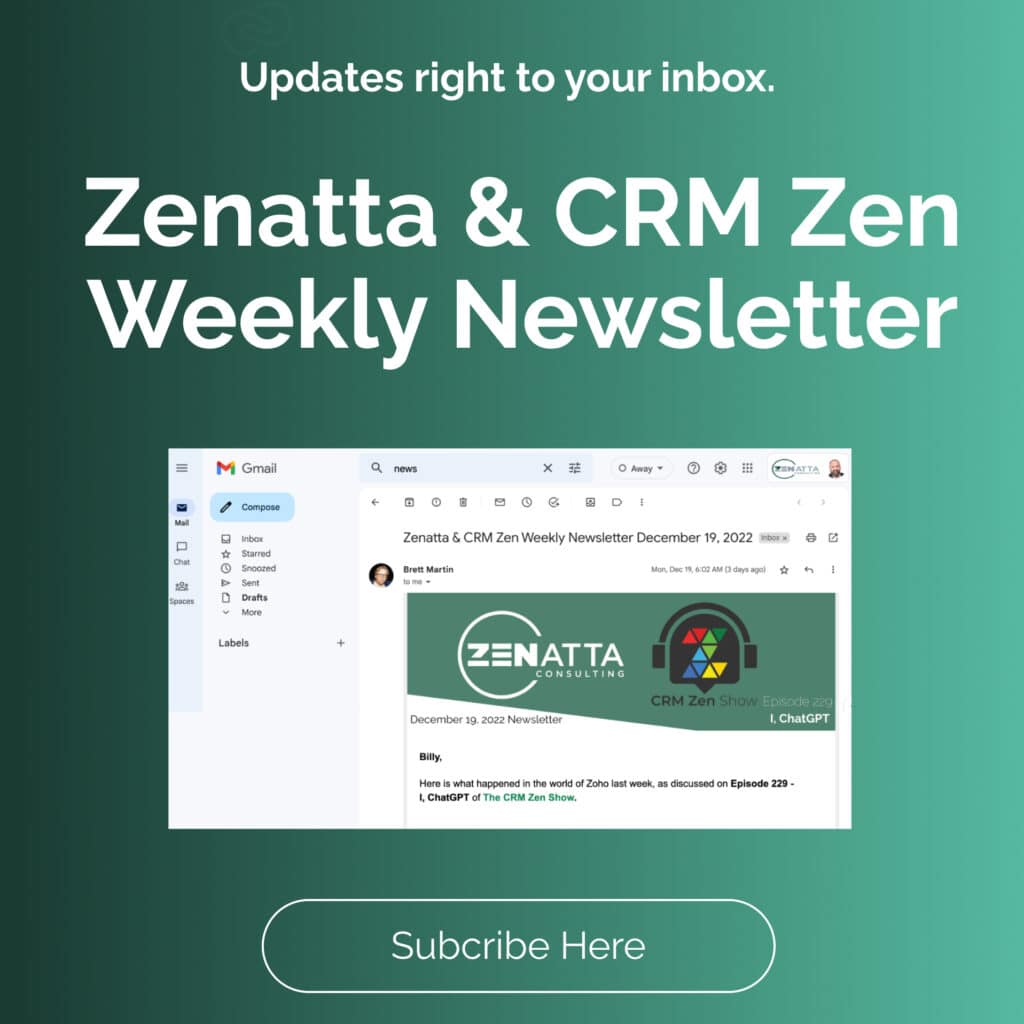If you want people to pay attention, keep it brief. Answer their question immediately, then provide an explanation. Short, punchy content is the key to modern brand engagement, and users don’t have the patience or attention span for lengthy paragraphs. Ideally, your first paragraph should function as a TL;DR for readers, following the guidance of newspaper editors of yore. Make your nut graf count, because it might be all you get.
Readers Like Brevity
Within reason, readers like concision. Straight-forward writing is easier to understand and more appealing to read. Provided you have conveyed your point fully and accurately, additional language must serve a valuable purpose. Simply explaining yourself multiple times will not improve your writing: what value does this new addition provide? If you can’t answer that question, you can’t add it.
For a case in point, Slate discovered that only about half of their users scroll past the 1000 vertical pixels on the page, which amounts to about one and a half browser screens. An impressive number of readers didn’t scroll at all after actively engaging with the page in some way.
Users leaving your site quickly does you no favors. While you’ll always have some portion of users that navigate to your site in error or have a different problem than the majority of searchers, you should endeavor to lower this percentage to the extent possible. It can harm your SEO and generally indicates that users aren’t happy with the content you’re providing, how you’re displaying it, or both.
Obscuring Content Hurts SEO

In SEO, we describe this quick abandonment of the page as a bounce. The number of bounces can be expressed as a percentage of total users, called a “bounce rate” by Google Analytics and other analytics software. This percentage describes how many users immediately leave a page after opening it.
Bounces are commonly interpreted to be caused by users leaving a page as soon as they realize the page’s content is not relevant to their search. As a result, a high bounce rate for a specific search term can damage your search ranking for that term, since users are showing Google that your page does not contain the answer to their search.
Keeping your bounce rate down is key to keeping your SEO up. To do so, you need to deliver on the user’s predicted goal immediately. Provide the answer they want upfront, then invite them to read further with the elaboration below. Dedicated users will scroll down, while users seeking a quick answer will be satisfied.
To keep users from bouncing after being satisfied, you need to make sure the information whets their appetite. Maybe it’s a simple verdict on a complex question or an explanation of what they can expect to find in the text below. They need to interact with the page in some way to avoid being counted as a bounce, so encourage that kind of interaction with your page design and information organization.
Practicing Brevity
Develop the habit of brevity through practice. Choose one ideal word in place of three inexact ones. Shorten or remove the descriptive language. Eliminate repetitions or rephrasings of the main idea. Remove everything non-essential to conveying your message in the tone and manner required. Once so trimmed, you can experiment with adding content, but do so judiciously and with great prejudice.
In the spirit of practicing what we preach, we will end this post now, having conveyed the essential information to the reader. Remember that practice makes perfect, and your readers will thank you.



